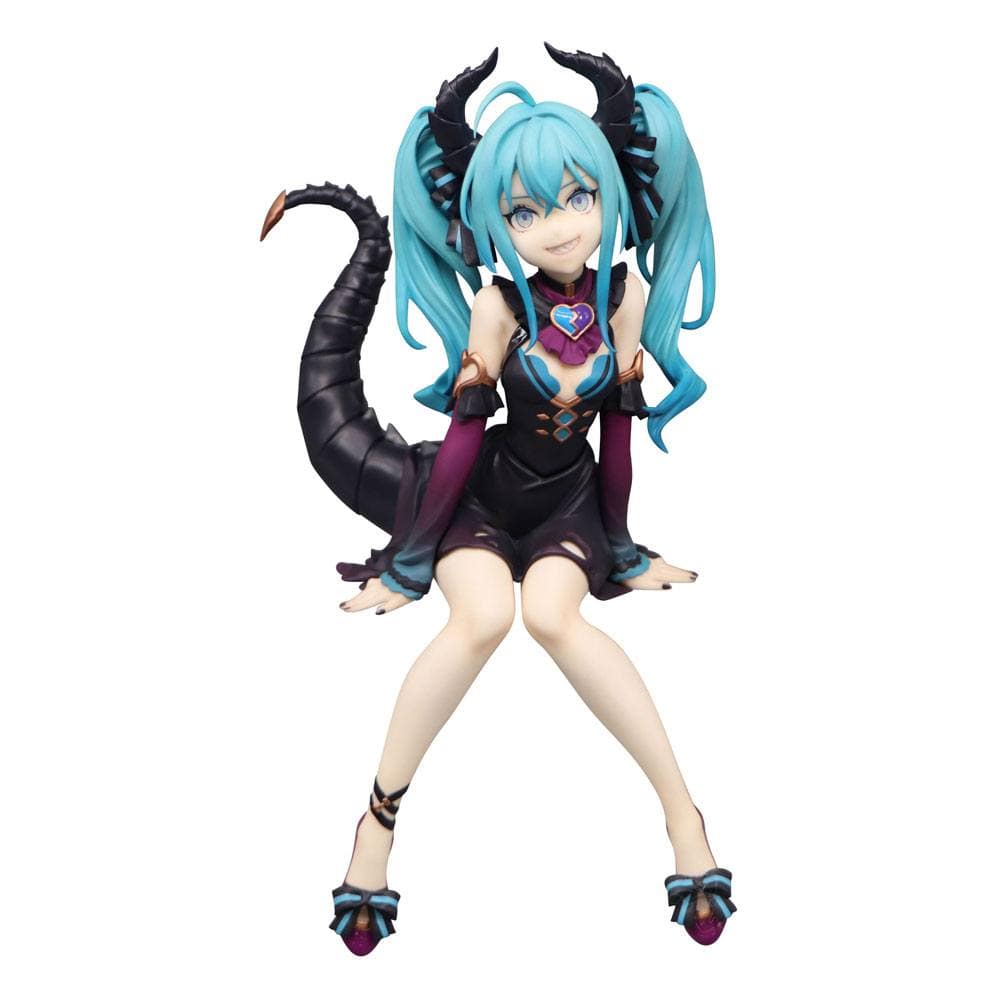

- #Japanese vocaloid hatsune miku upgrade#
- #Japanese vocaloid hatsune miku android#
- #Japanese vocaloid hatsune miku software#
The ribbons are also reported by KEI to be the hardest item on the character's design for cosplayers to recreate.Īfter an internet meme involving Hachune Miku, Miku was associated with a spring onion (often mistaken for a leek due to the similar appearance). As seen in KEI's art for Miku, they are able to hold Miku's pigtails in place without having to physically touch the hair itself. The thin squares around her pigtails are futuristic ribbons made of a special material that floats in place. Part of her design is based on some of YAMAHA's keyboard models, particularly the DX-100 and the DX-7.

The digital design on Miku's skirt and boots are based on synthesizer program colours, and the bars represent actual bars within the program, following Crypton's ideas. She now shares her twin tail distinction with other characters like Sailor Moon (who won best Twin Tails back in the 90s period). On June 22, 2012, Hatsune Miku's twin tails even earned her the title of the Twin Tail which best represented the 2000s, marking her the best set of Twin Tails from the dawn of the 21st century. Her pigtails have since become an iconic part of her design. Miku was originally intended to have a different hairstyle, but after trying out pigtails, KEI thought they were more suitable. It took him more than a month to complete the commission. KEI said he could not create an image of a "singing computer" at first, as he did not even know what a "synthesizer" was. Crypton also provided KEI with Miku's detailed concepts, however, Crypton said it was not easy to explain what a "Vocaloid" was to him. When KEI illustrated Miku, he was given a color scheme to work with (based on the YAMAHA synthesizers' signature blue-green colour) and was asked to draw Miku as an android. Her name in Chinese is "Chūyīn Wèilái" (Simplified Chinese: 初音未来 Traditional Chinese: 初音未來). Her codename of "CV01" means "Character Vocal 01". It thus means "the first sound from the future." Her name was based on her concept of that when a sound is first spoken. The name was chosen by combining hatsu ( 初, "first"), ne ( 音, "sound"), and Miku ( 未来, a personal name that shares its spelling with the word for "future"). Her very first concept was of a bilingual Japanese and English vocal, but this later became the concept of Megurine Luka.
#Japanese vocaloid hatsune miku android#
She is considered the most popular and well known VOCALOID and the first to become a pop idol.Crypton had the idea to release Miku as "an android diva in the near-future world where songs are lost." She was the first release for Crypton's VOCALOID Character Vocal Series, the third Japanese VOCALOID, and the seventh VOCALOID to have been created overall. Once again new package illustrations were created, this time done by iXima for the "V3" version and Zain for the english version.
#Japanese vocaloid hatsune miku upgrade#
There have since been numerous installments such as additional voice banks dubbed 'Append' with a new package illustration provided by Masaki Asai and released April 30th 2010, as well as an upgrade to the VOCALOID3 engine on September 26th 2013, which includes her long awaited English vocal release. Her design was created by illustrator KEI and her voice provided by the voice actress Fujita Saki.
#Japanese vocaloid hatsune miku software#
Hatsune Miku is an official mascot character for Yamaha's singing synthesizer application software VOCALOID2, developed and distributed by Crypton Future Media and released August 31st 2007 under the name "Character Vocal Series 01 Hatsune Miku".


 0 kommentar(er)
0 kommentar(er)
